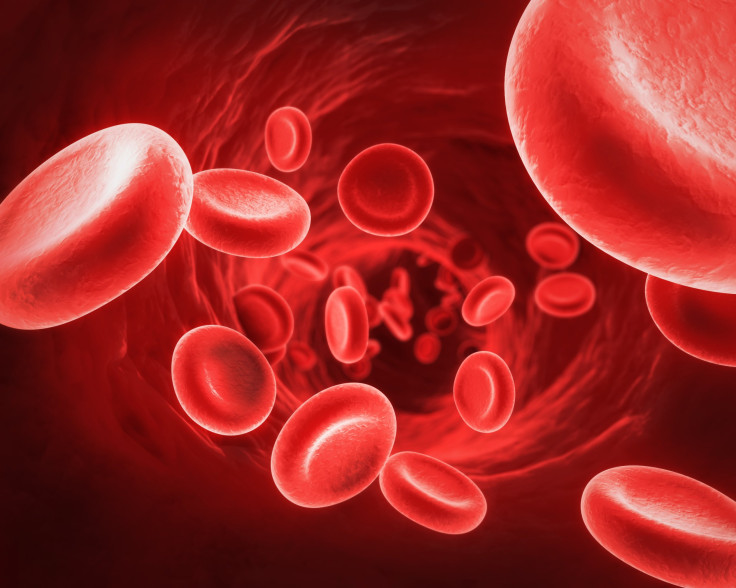Pfizer’s Eliquis FDA-Approved For Prevention Of Pulmonary Embolisms And DVT In Patients With History Of Blood Clots

Blood clots are an often-overlooked condition that kills an estimated 100,000 to 180,000 Americans each year. Factors such as smoking, hormonal birth control use, and genetic predisposition put an individual at an increased chance of suffering from a blood clot, but the condition can often strike unprovoked. Recently, use of the blood clot preventer Eliquis was expanded to prevent blood clots in the legs and lungs, a move that could potentially save countless lives.
The Vascular Disease Foundation believes that someone will die from a blood clot every five minutes. “Every year, more people die from preventable blood clots than from breast cancer, AIDS, and traffic accidents combined," said Dr. Samuel Goldhaber, chairman of the Venous Disease Coalition, in a 2011 statement. Eliquis, a drug created by Bristol-Meyers Squibb Co. and Pfizer, will now be used to reduce the risk of recurrent blood clots in both the legs and veins of at-risk individuals following initial treatment.
According to Reuters the anticoagulant is meant to serve as an alternative to warfarin, a widely used oral medication meant to lower a person’s chances of forming blood clots. Unfortunately, warfarin is also associated with serious bleeding episodes and requires its users to have strict diets and frequent blood checks. In clinical trials, Eliiquis was shown to cause fewer cases of major bleeding than standard treatment with other anticoagulants, while having the same standard of effective care. The drug has already been distributed as a treatment for preventing strokes in patients with atrial fibrillation since its introduction in 2012.
Eliquis works by blocking a protein involved in the clotting process, called “Factor Xa.” Blood's ability to clot is necessary for our survival. Those who lack this ability suffer from a condition known as hemophilia, and without proper care have a life expectancy of less than 10 years. Unfortunately for some individuals, the blood’s clotting abilities are overactive, leading to unnecessary clots in the deep veins of the legs or in the lungs. Untreated blood clots in the legs, known as deep vein thrombosis, can travel to the heart, lungs, and brain, causing heart attacks or strokes. Untreated blood clots in the lungs, known as pulmonary embolisms, require immediate medical treatment and are linked to high mortality rates. Goldhaber highlighted the need for increased awareness of the seriousness of blood clots, concluding that “few Americans have sufficient knowledge about blood clots and how to prevent them.”



























